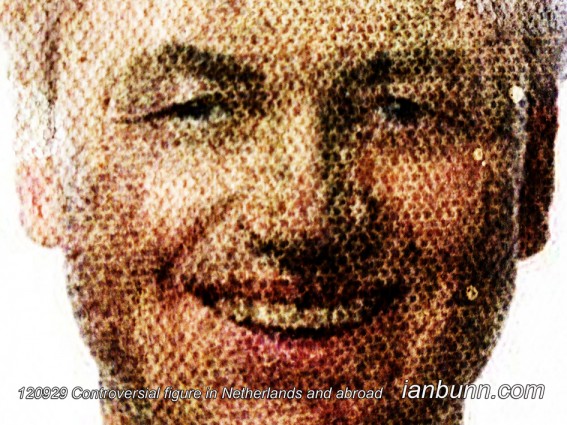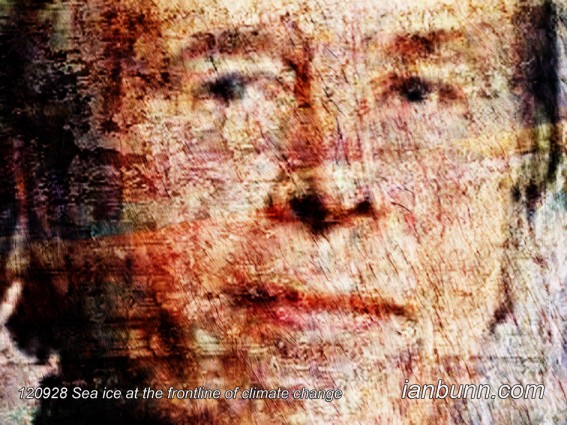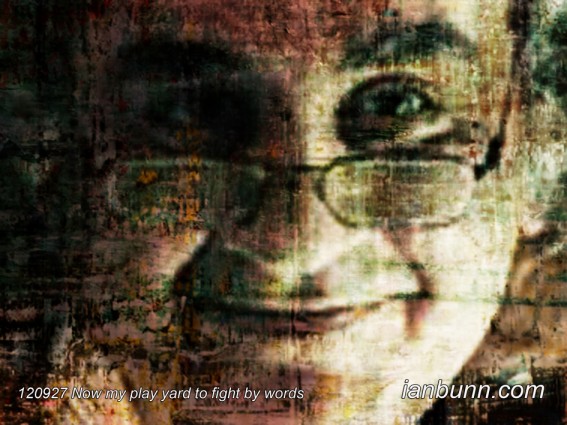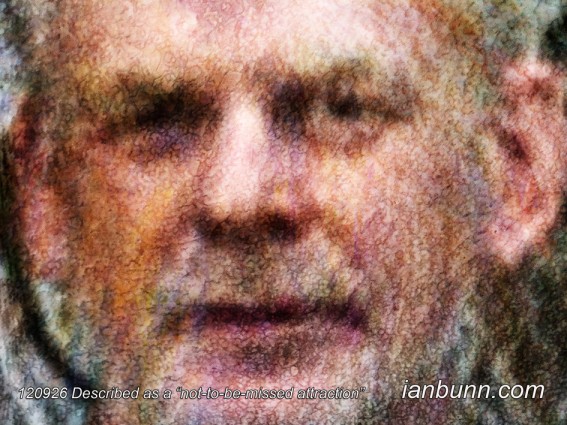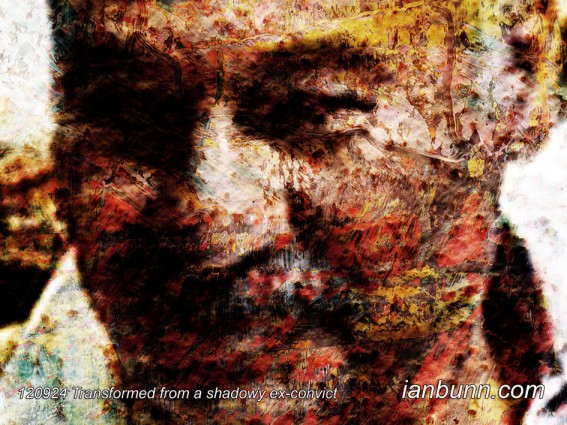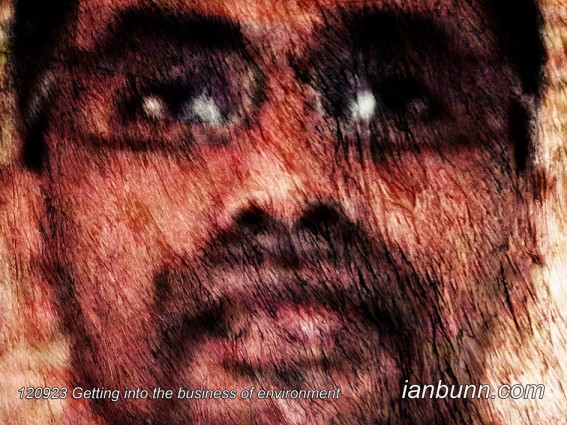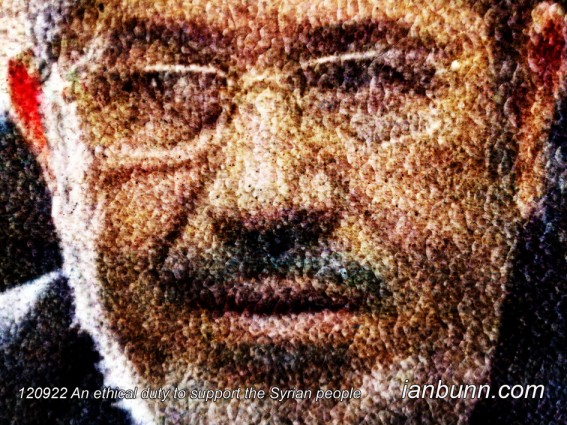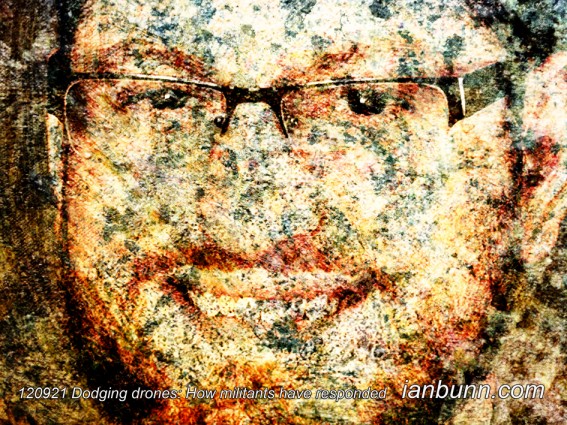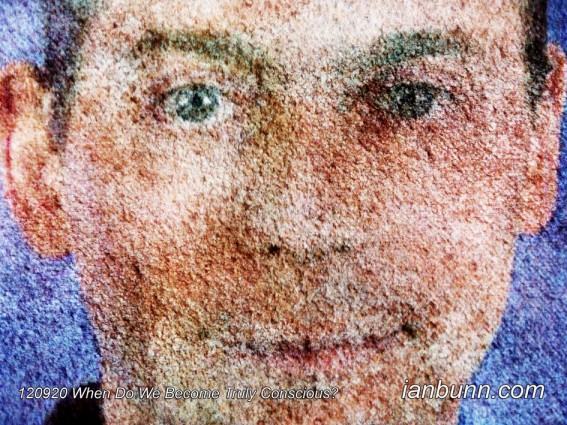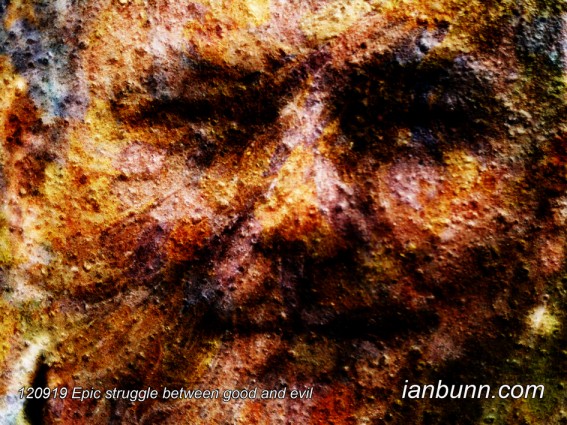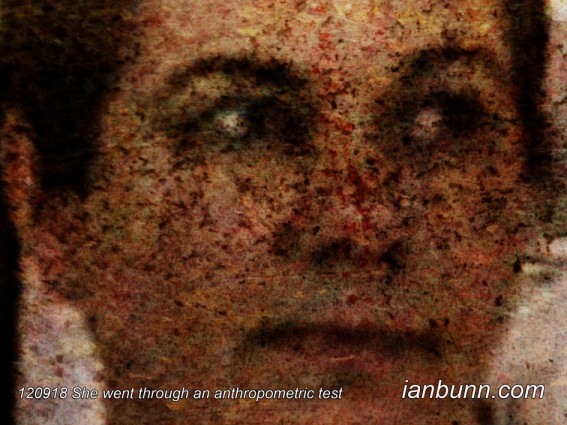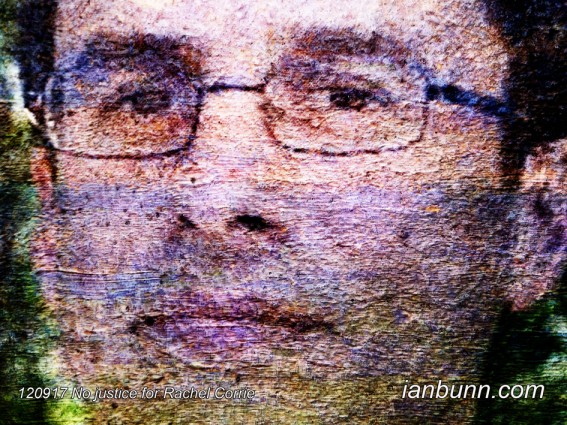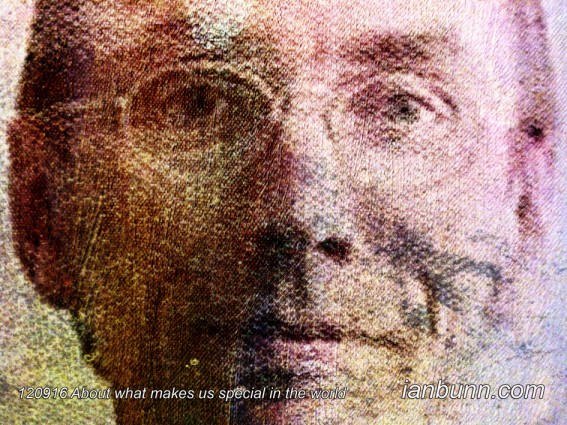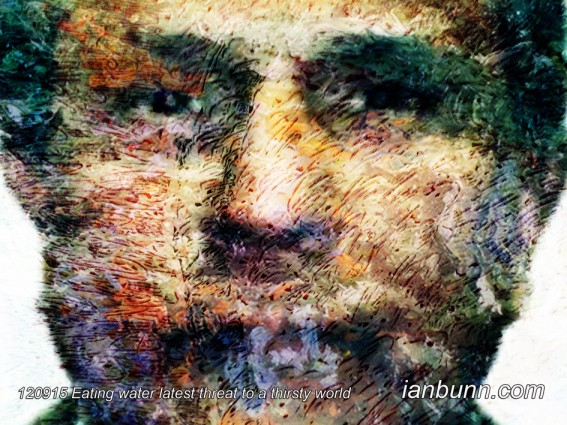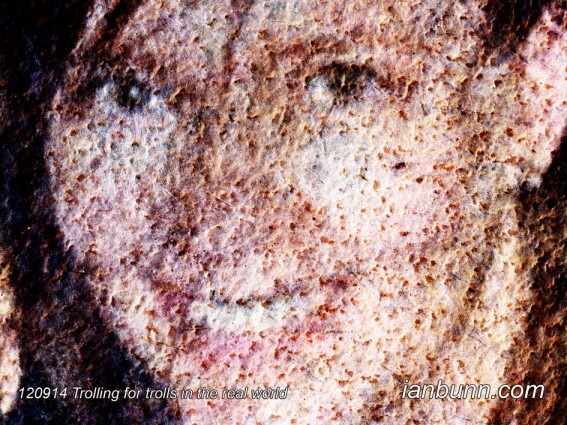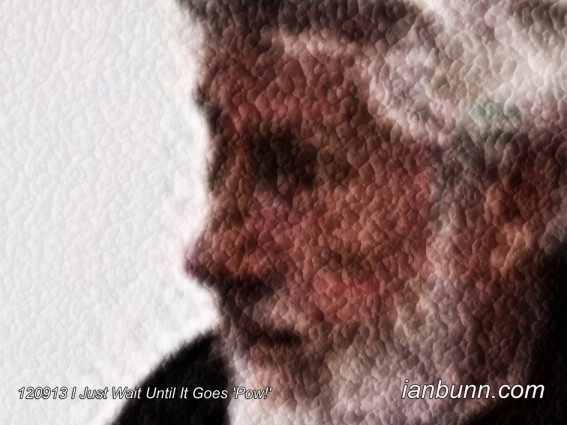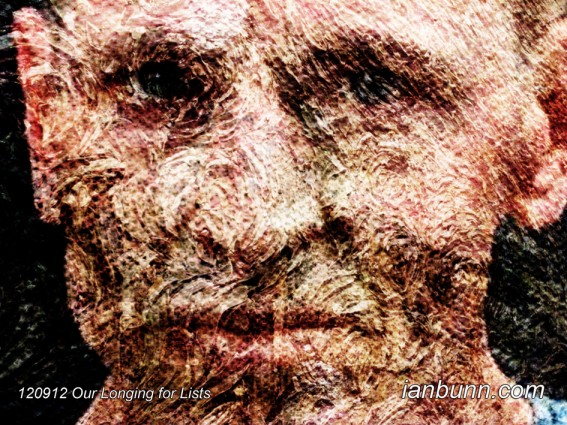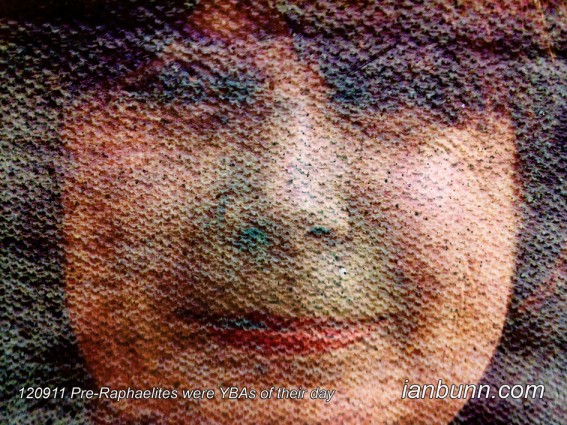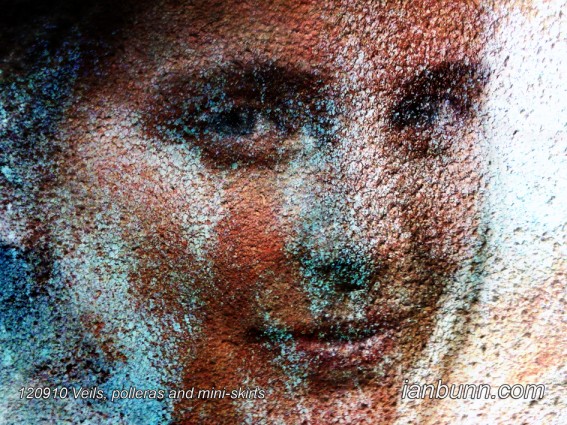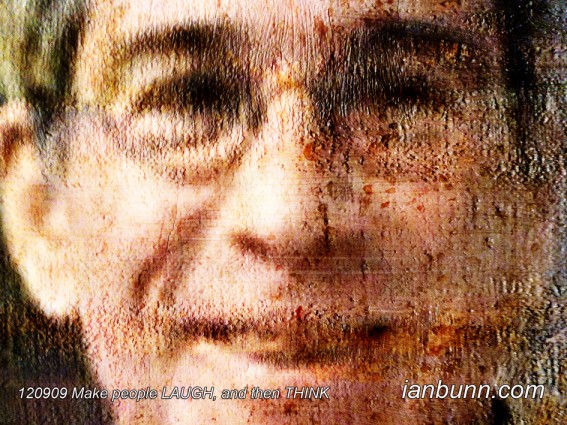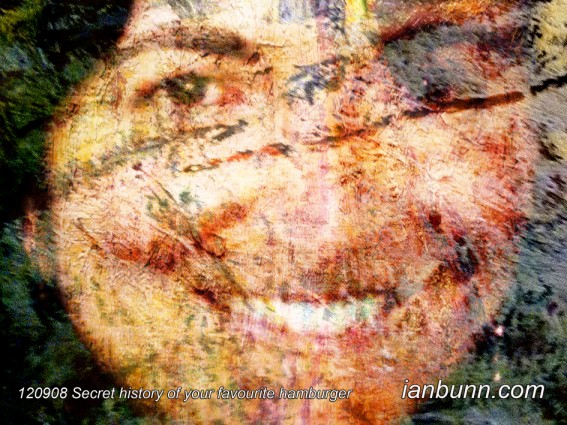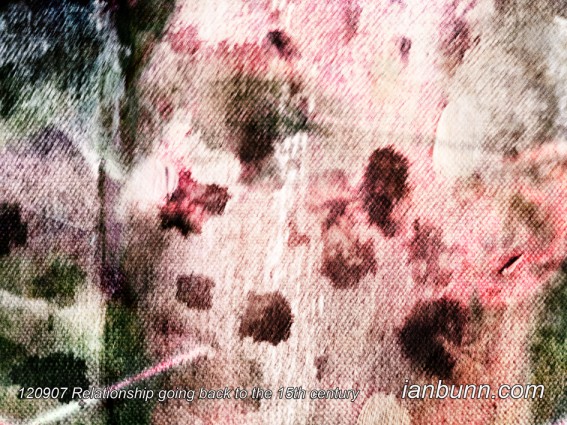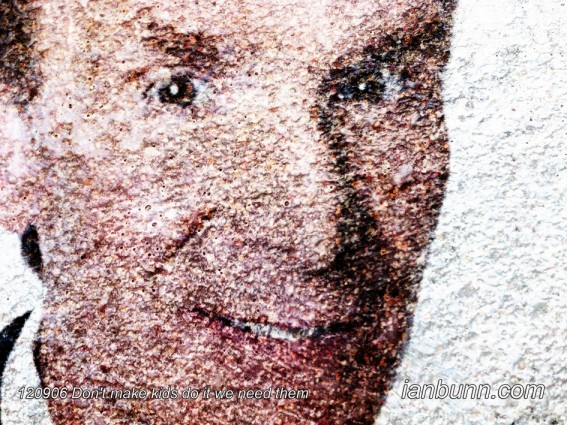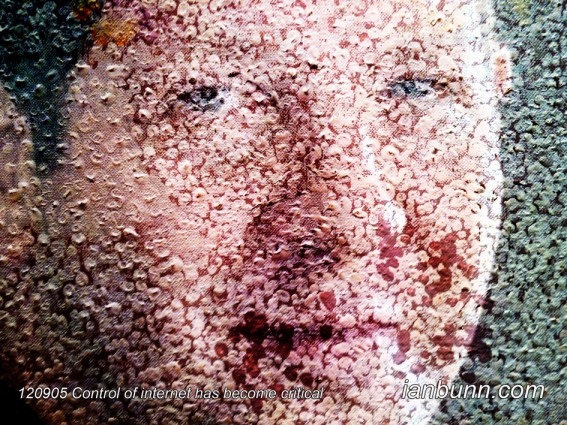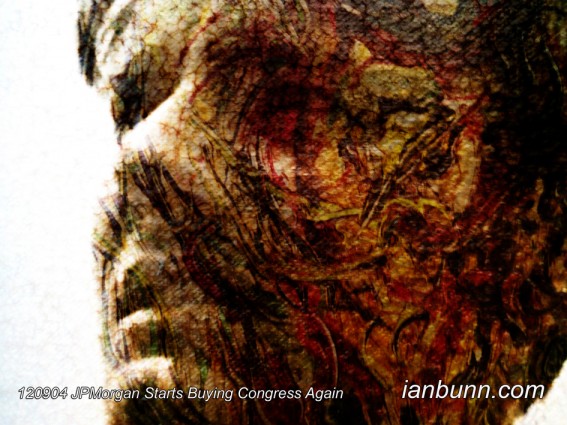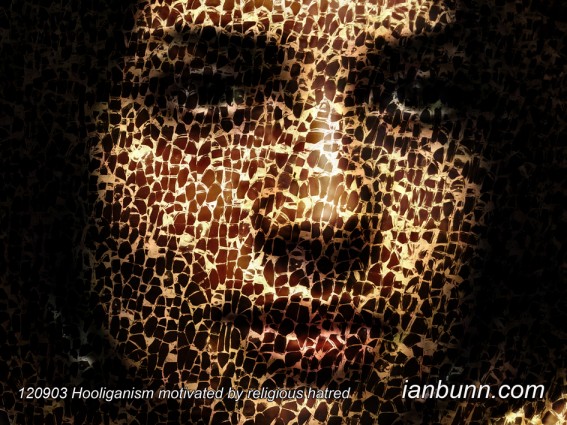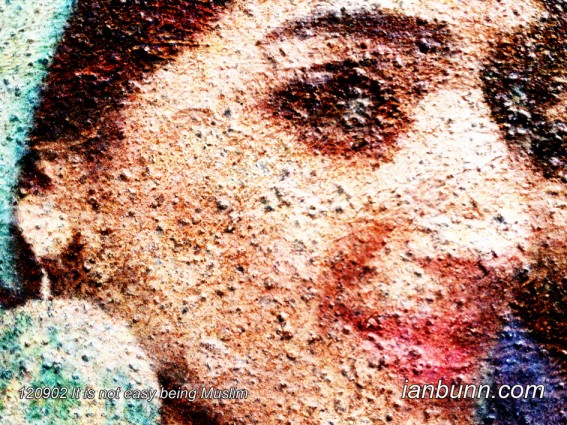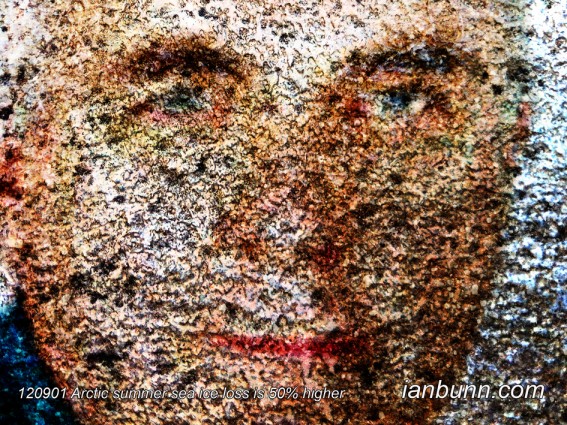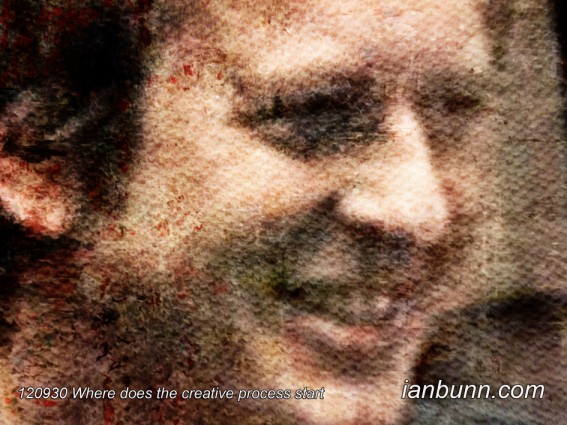 Where does the creative process start (September 30 2012)
Where does the creative process start (September 30 2012)
Doug Aitken the 44 year old American multimedia artist whose body of work ranges from photography, sculpture, architectural interventions, narrative films, sound, single & multi-channel video works, and installations; has created his first public installation in the UK for the Liverpool Biennial – titled ‘The Source’. Dave Jennings for LouderThanWar has reviewed the installation, stating “The Source is housed in a temporary pavilion outside Tate Liverpool which was designed by Aitken alongside British Architect David Adjaye OBE and asks 2 simple questions: where does the creative process start and how is it realised? Simple questions they may be, but take a moment to consider and they are actually at the heart of everything we all love in music, art or any other creative process. How often have you asked yourself ‘how did they think of that?’ … or ‘why did they do it that way?’ …Aitken has presented a fascinating study of filmed conversations with a range of participants from different spheres of creativity such as music, art, photography, acting and architecture. These are projected inside the pavilion simultaneously during the day and then outwards from the building after dark. …Aitken’s conversations are projected simultaneously inside the pavilion so you can either wander round and take in different parts or stand in the centre and make a snap judgement which area to head to. You certainly leave the building with your faith in creativity reaffirmed – let people create what they want, when they want to and how they want to do it.”
Inspired by Dave Jennings ow.ly/dPh6K image source artistsbooksandmultiples ow.ly/dPgWJ
